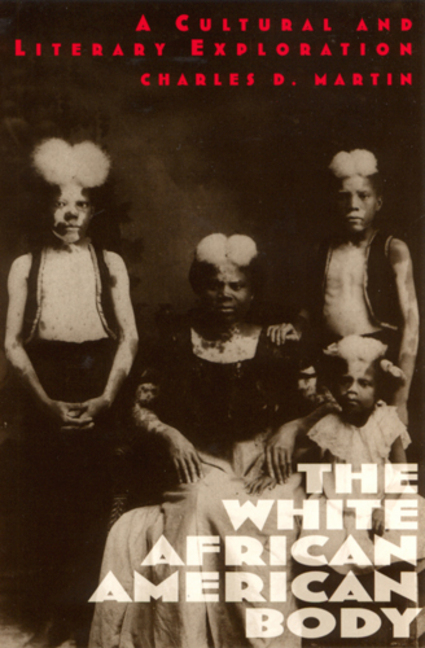Race, Marriage, and Law
The Harvard Crimson
1963-12-17
Peter Cumminos
American racism, though it rests most strongly upon social practice, is strongly bulwarked by many state and local laws. The segregated schools and transportation facilities of the South are explicitly decreed by state legislatures. Virginia courts maintain, for example, that “the preservation of racial integrity is the unquestioned policy of this State, and that it is sound and wholesome, cannot be gainsaid.”
The laws which most directly protect “racial integrity,” whatever that may be, are those which make miscegenation (intermarriage of races) a crime. The first anti-miscegenation law was enacted in the colony of Maryland in 1661. It declared that “divers free-born English women, forgetful of their free conditions, and to the disgrace of our nation do intermarry with Negro slaves,” and to deter these “shameful matches” the law provided that women who so marry, and their off-spring, should themselves become slaves. Massachusetts became the third colony to prohibit marriage between Negroes and Caucasians in 1705.
Today it is illegal for Negroes and whites to marry in 21 states: Alabama, Arkansas, Delaware, [Indiana, Georgia, Florida, Kentucky, Louisiana], Maryland, Mississippi, Missouri, Nebraska, North Carolina, Oklahoma, South Carolina, Tennessee, Texas, Utah, Virginia, West Virginia, and Wyoming. Six of these states prohibit Negro white marriages in their constitutions. Eighteen states, most of them in the last ten years, have repealed anti-miscegenation statutes: Arizona, California, Colorado, Idaho, Iowa, Kansas, Maine, Massachusetts, Michigan, Montana, Nevada, New Mexico, North Dakota, Ohio, Oregon, Rhode Island, South Dakota, and Washington…
…Who’s Who
A problem that consistently confronts racist law makers in the question of defining who is “Negro” and who is “white.” In general, two schools of “thought” prevail is the United States on this issue. In about nine states a Negro is anyone who had a grandparent who was a Negro. The laws generally define such a person as “having one-eighth or more Negro blood” or as an “octoroon.” The other definition of Negro is used in at least six states: a Negro is any person who has “any trace of Negro blood.” The circularity of these statements does not seem to trouble the opponents of miscegenation.
Virginia provides an interesting example of racist legal gymnastics. Whites in that state can marry neither Negroes nor American Indians. In Virginia, a Negro is a person who has any Negro ancestor, and an American Indian is a person who had at least one Indian grandparent. If someone has one-sixteenth or less “Indian blood” then he is a white. But Virginia still hasn’t decided what you are if you have one-eighth Indian heritage, i.e. one of your great-grandparents was an Indian. Furthermore, if a man is an inhabitant of an Indian tribal reservation and has at least one Indian grandparent and less than one-sixteenth “Negro blood,” then despite the state’s definition of a Negro he may be regarded as an Indian on the reservation. Once he leaves the reservation, however, he undergoes a legal metamorphosis and becomes a Negro. Of course he can then move to Mississippi, where the “octoroon” requirement prevails, and thus become a Caucasian.
Oklahoma courts have decided that American Indians are “white” and therefore may not marry “any person of African descent.” In Alabama, however, Indians are mulattoes, according to the courts, and therefore cannot marry whites. Filipinos in Louisiana must be able to prove that they are “not basically negroid” before they can marry whites. Indiana courts have revealed that “all Mexicans are not white persons and some of them are negroes,” and therefore non-Negro Mexicans can marry either Negroes or whites.
Once a miscegenation case reaches the courts, legal definitions of race give way to more practical methods. Missouri courts, unable to test a man’s blood for his Negroness, have held that “the jury trying such a case may determine the proportion of negro blood in any party to such marriage from the appearance of such person.” In Alabama you are a Negro if witnesses testify that you attended a Negro school, go to Negro church, have Negro acquaintances, or are “otherwise voluntarily living on terms of social equality with them.” But in many states miscegenation suits have been lost because the white jurors simply could not decide whether the defendant was white or Negro…
Read the entire article here.
